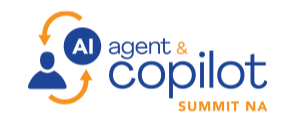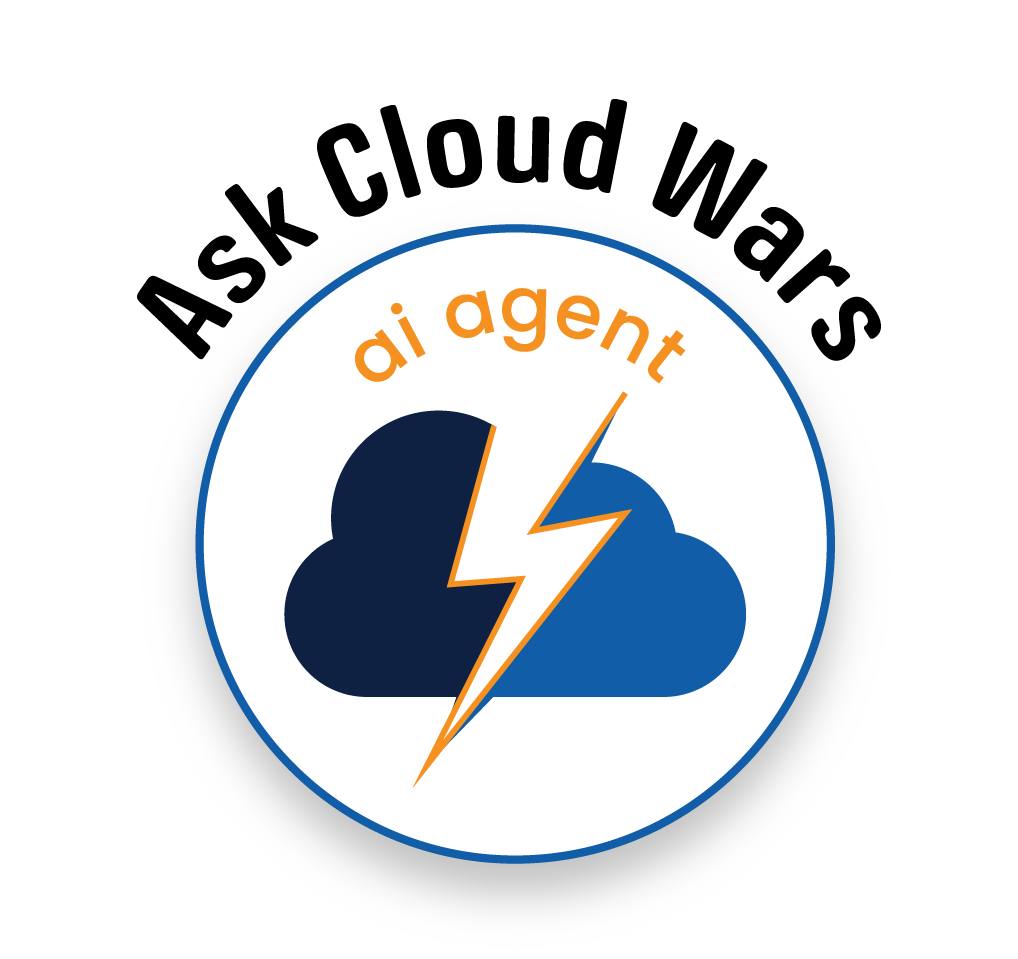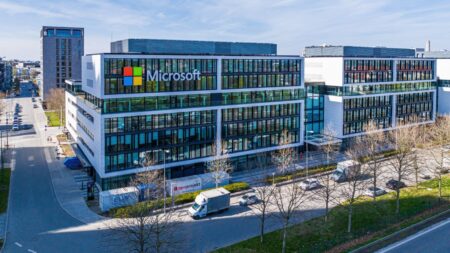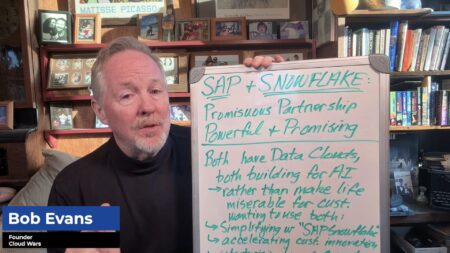
If you’re wondering whether the global economy’s commitment to AI as the primary driver of future competitiveness is real or just a fad, consider that high-growth Oracle now has a higher valuation than the combined market caps of iconic brands Disney, Goldman Sachs, and Uber.
Impressive — and striking — as that is, bear in mind that Microsoft is 6X more valuable than Oracle, Amazon is almost 4X more valuable, and Google (Alphabet) larger by about 3.3X, according to an excellent list of corporate valuations by companiesmarketcap.com.
Yes, Virginia, there is an AI Economy — and we are fortunate enough to be here for its astonishing emergence as LLMs become a favored cocktail-party topic, AI agents transform how businesses operate, and young people grow up with Gemini and Grok and ChatGPT as their omniscient and ever-present companions.
In the midst of all this upheaval — and all this extraordinary potential — let’s dig a bit more deeply into the whole equation outlined in the headline above. In highlighting how the combined —combined! — valuations of Disney, Goldman Sachs, and Uber still fall short of Oracle’s, I certainly mean no disrespect toward any of those excellent companies.
Quite the contrary. Each is exceptional within its sector as well as on a global scale with world-class brand recognition, and those are among the reaons I chose them. (And yes, I also picked them because the math works out very nicely.)
But in spite of all that goodness and all that achievement and all that awareness and leadership and presence and status and reputation and revenue across three massive and vital industries, Oracle is more valuable than all three combined. Have a look at the market caps:
- Oracle: $604.7 billion
- Disney: $203.3 billion
- Goldman Sachs: $203.2 billion
- Uber: $191.7 billion
- Total of those three: $598.2 billion
Now, you might be thinking, what the heck is the point? How is this relevant? Good questions — let me try to provide some context.

AI Agent & Copilot Summit is an AI-first event to define opportunities, impact, and outcomes with Microsoft Copilot and agents. Building on its 2025 success, the 2026 event takes place March 17-19 in San Diego. Get more details.
While it is possible that AI and AI-powered business are just the two latest examples of the tech industry’s long obsession with very bright and very shiny objects, I think that prospect has become extremely unlikely here at the midpoint of 2025. Heck, it’s also “possible” that the Pittsburgh Pirates will win the World Series this year.
To the contrary, here are a few indicators that have led me to believe that the emergence of the AI Economy is unmistakably real, and that this is not some hazy projection into the future but rather something that’s taken root and is growing and spreading and evolving incredibly rapidly.
1. CEOs are leading the charge. While CIOs and CTOs are of course intimately involved in AI initiatives, we’ve seen in the past year that CEOs are now not just involved and aware but are driving those efforts to ensure the focus is not on the AI stuff but rather on superb business outcomes.
2. It’s cutting across all industries. From construction to pharmaceuticals, from finance to retail, AI is reshaping not only what companies are already doing but also their thinking about what new things they could be doing and should be doing. Uber has long been an AI evangelist, Goldman Sachs is a committed AI champion, and Disney — in spite of widespread recent problems — will no doubt deploy AI for everything from creating new rides to better aligning its offerings with what its customers want.
3. It’s cutting across all departments and functions. More and more, businesses are looking to AI as not just a highly specialized tool to be applied in limited cases but as a core component in leveraging data end to end across an entire enterprise to uncover new insights, make better decisions, drive growth, unlock opportunities, engage more intimately with customers, and eliminate wasteful spending.
4. The economics are good — and getting better. While there was a significant level of concern —and deservedly so — in the “early” days of the AI Revolution (way back 15-18 months ago!) about the high cost of AI computing, those knickers have been unknotted through more experience on the vendor side and more demand coming from the customer side to enable scale and lower unit costs. There is not a reason in the world to think this trend will stop.
5. The competition is savage, the innovation relentless. To me, this is the point that should inspire confidence among business leaders about the inevitable rise of the AI Economy. The four hyperscalers — Microsoft, Google Cloud, AWS, and Oracle — will this year pour about $275 billion into capex to power the AI engines that are accelerating breakthroughs in medicine, boosting productivity across multiple industries, and enabling new markets and opportunities. Within the Cloud Wars Top 10, customers and prospects are leaning in hard by committing to invest more than $1 trillion on AI and cloud capabilities over the next few years as I explain in a recent Cloud Wars Minute video called “$1 Trillion RPO!“
Final Thought
While some business leaders will seize this extraordinary opportunity to create bright futures for their companies, others will get frozen in what will be revealed as disastrous navel-gazing over whether AI is real or not, will my competitors try to do something with it, where do I find the money to invest, and — worst of all — maybe I’ll just wait to see what the government recommends.
As one of my heroes, the legendary physicist Marie Curie, put it: “Chance favors the prepared mind.”
Ask Cloud Wars AI Agent about this analysis










